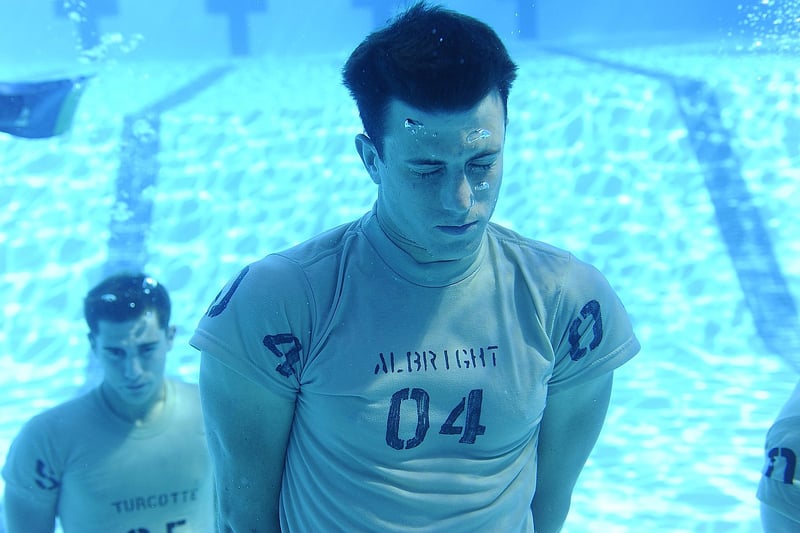Mindful breath exercises

Techniques to Improve Focus and Relaxation
In today's fast-paced world, finding moments of focus and relaxation is essential for overall well-being. Whether you're a student struggling to concentrate on studies, a professional juggling multiple tasks, or simply looking to unwind after a long day, incorporating techniques to improve focus and relaxation into your routine can bring numerous benefits. Let's explore some effective methods to help you achieve a state of mental clarity and calm.
1. Mindful Breathing
One of the most powerful tools for enhancing focus and relaxation is mindful breathing. By directing your attention to your breath, you can anchor yourself in the present moment and quieten the mind. Try the following mindful breath exercise:
- Find a quiet place where you can sit or lie down comfortably.
- Close your eyes and take a few deep breaths to settle into the practice.
- Focus on the sensation of your breath as it enters and leaves your body. Notice the rise and fall of your chest or the feeling of air passing through your nostrils.
- If your mind starts to wander, gently bring your attention back to your breath without judgment.
- Continue this practice for a few minutes, gradually increasing the duration as you become more comfortable.
Regular practice of mindful breathing can help reduce stress, improve concentration, and promote a sense of inner peace.
2. Progressive Muscle Relaxation
Progressive muscle relaxation is a technique that involves tensing and then relaxing different muscle groups in the body. This method can help release physical tension and induce a state of deep relaxation. Here's how you can practice progressive muscle relaxation:
- Lie down in a comfortable position and close your eyes.
- Starting from your toes, gradually tense the muscles in each body part for a few seconds.
- Release the tension and notice the sensation of relaxation as the muscles unwind.
- Move upward through your body, repeating the process with each muscle group.
- Finish by tensing and relaxing your facial muscles.
Progressive muscle relaxation can be especially beneficial for relieving physical stress and promoting a sense of calmness.
3. Visualization Techniques
Visualization involves creating mental images that evoke feelings of relaxation and positivity. By visualizing peaceful scenes or desired outcomes, you can shift your focus away from stressors and enhance your sense of well-being. To practice visualization:
- Find a quiet space where you can sit or lie down comfortably.
- Close your eyes and take a few deep breaths to center yourself.
- Imagine a tranquil setting, such as a beach at sunset or a peaceful garden.
- Engage your senses by visualizing the sights, sounds, and smells of this imaginary place.
- Stay in this peaceful mental space for a few minutes, allowing yourself to relax fully.
Regular practice of visualization techniques can help reduce anxiety, increase focus, and promote a positive mindset.
Conclusion
By incorporating mindful breathing, progressive muscle relaxation, and visualization techniques into your daily routine, you can cultivate a greater sense of focus and relaxation. These methods offer valuable tools for managing stress, improving concentration, and nurturing your overall well-being. Take the time to explore these practices and discover the benefits they can bring to your life.
Remember, finding moments of calm amidst the chaos is not only a luxury but a necessity for maintaining a healthy mind and body.
Embrace these techniques, and embark on a journey towards improved focus, relaxation, and inner peace.